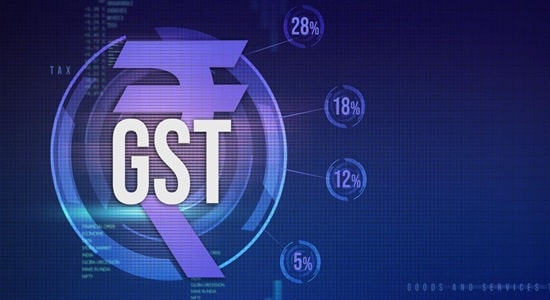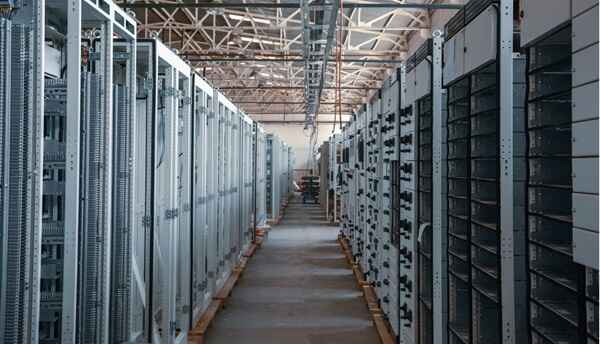India’s Goods and Services Tax (GST) collections in June 2024 reached an impressive ₹1.74 lakh crore, showcasing a steady increase despite a moderate growth rate. This figure marks a 7.7% increase compared to the same period last year, signaling the resilience of the Indian economy amidst global uncertainties. The Finance Ministry’s decision to halt the monthly release of GST data adds a new layer of complexity to the fiscal landscape, prompting stakeholders to recalibrate their analytical frameworks.
Breakdown of GST Components
The GST collections encompass various components that contribute to the overall figure. In June 2024, the Central Goods and Services Tax (CGST) accounted for ₹32,409 crore, while the State Goods and Services Tax (SGST) added ₹40,265 crore. The Integrated Goods and Services Tax (IGST) was the largest contributor at ₹87,781 crore, including ₹39,879 crore from imports. Additionally, cess collections amounted to ₹12,284 crore, with ₹1,076 crore from imported goods .

State-Wise Performance
The state-wise distribution of GST collections revealed significant regional variations. Delhi emerged as a leader with a 46% growth in collections, followed closely by Manipur with a 48% increase. Other states like Jammu and Kashmir, Haryana, and Uttarakhand also reported robust growth rates of 24%, 28%, and 28% respectively. However, some regions experienced declines, with Ladakh and Lakshadweep witnessing drops of 41% and 39% respectively.
Impact of Halting Monthly Data Releases
The Finance Ministry’s decision to stop monthly data releases of GST collections marks a significant shift in fiscal transparency and data dissemination practices. This change aims to streamline the reporting process and reduce the administrative burden on tax authorities. However, it raises concerns about the potential impact on market analysts, economists, and businesses that rely on this data for planning and forecasting.
Year-to-Date Performance
For the fiscal year 2024-25 up to May, the total GST collections have reached ₹3.83 lakh crore. This includes ₹76,255 crore from CGST, ₹93,804 crore from SGST, and ₹1.87 lakh crore from IGST. The cess collections during this period stood at ₹25,544 crore, with ₹2,084 crore from imported goods. These figures indicate a solid fiscal performance, setting a robust foundation for the rest of the financial year.
Analysis and Implications
The consistent growth in GST collections reflects the underlying strength of the Indian economy, driven by increased compliance and a broader tax base. The moderate growth rate of 7.7% in June suggests a stabilization phase following previous high growth periods. The Finance Ministry’s new approach to data release could influence how fiscal data is utilized and interpreted by various stakeholders.
The regional disparities in GST collection growth rates highlight the uneven economic recovery across different states. High growth in urban centers and industrial hubs contrasts with the declines in remote and less economically developed regions, pointing to the need for targeted economic policies.
In conclusion, while the overall GST collection figures are promising, the halt in monthly data releases and regional variations necessitate a nuanced understanding of the economic landscape. The ongoing adjustments in reporting practices will require stakeholders to adapt their strategies to maintain informed decision-making processes.

